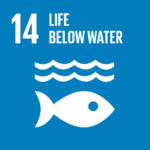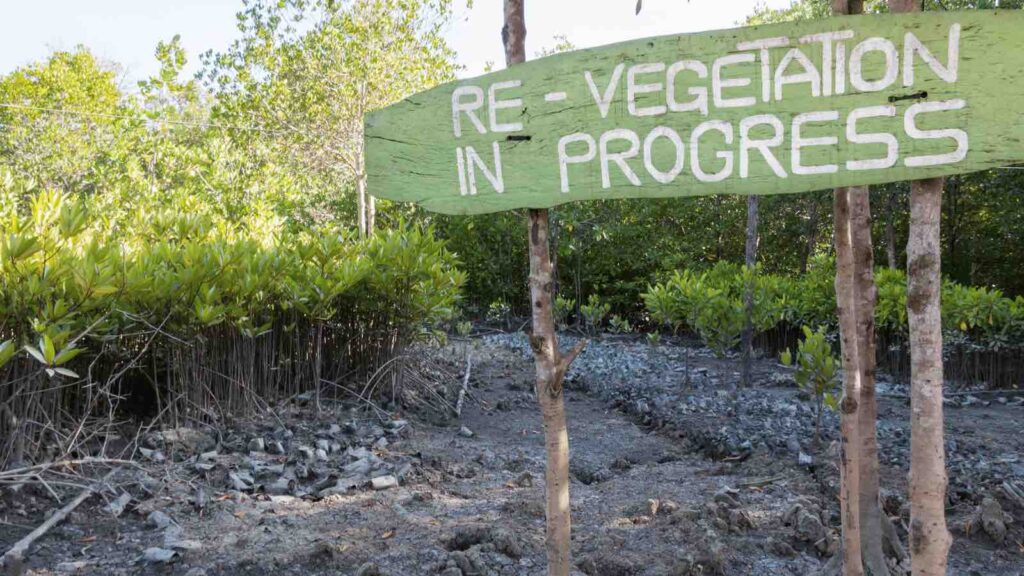Mangrove restoration should include social aspects, involve community — study.
In the lush coastlines of Southeast Asia, mangrove forests stand as vital ecosystems, crucial for biodiversity and local communities. However, a recent study led by the University of the Philippines’ UP Diliman Institute of Biology illuminates a critical gap in mangrove restoration efforts: the need to incorporate social attributes. Associate Professor Dr. Severino Salmo III and biology graduate student Maria Elisa Gerona-Daga, through their research published in Frontiers in Marine Science, argue for a more inclusive approach that intertwines the ecological and social aspects of mangrove conservation.
RELEVANT SUSTAINABLE GOALS




The study reveals a significant imbalance in mangrove restoration research. Ecological attributes have been the primary focus, receiving around three times more attention than social aspects. This oversight is not just a matter of academic interest but has profound implications for how conservation is executed and experienced in the diverse and dynamic Southeast Asian region.
Study Insights
Dr. Salmo and Gerona-Daga’s study found that when social attributes were considered, the focus was predominantly on the economic value of mangroves (24%) and their ecosystem services. Other areas like the role of different sectors in mangrove restoration and management (23%), and policies and governance (20%) were also explored, yet not to the extent required for holistic conservation strategies. These figures highlight a research landscape where the human element of mangrove ecosystems, particularly in areas like community-based restoration, eco-cultural practices, and environmental education, remains underexplored.
The integration of social dimensions in mangrove restoration is not just beneficial; it’s transformative. Gerona-Daga and Salmo’s study suggests that acknowledging the socio-cultural value of mangroves can lead to more robust scientific output, particularly through community engagement or “citizen science.” This approach includes mapping mangroves with local community partners, leveraging local knowledge and practices. Such participatory methods could reshape future restoration strategies, making them more inclusive and effective.
Mangrove Status in Southeast Asia
Southeast Asia is a critical region for mangrove forests, accounting for nearly a third of the world’s mangrove extent and boasting the greatest diversity of species. Yet, it also faces severe challenges. Myanmar, for instance, has experienced a 27.6% decline in mangroves between 2000 and 2014. The Philippines follows closely, with a 10.5% loss between 1990 and 2010. These numbers, drawn from a survey of 355 mangrove restoration studies, paint a concerning picture of biodiversity loss and ecosystem service reduction, primarily driven by the expansion of aquaculture ponds.
Looking forward, Gerona-Daga and Salmo propose five priority research areas to enhance mangrove restoration outcomes in Southeast Asia. These include exploring restoration areas and methods, integrating mangroves in climate change adaptation and mitigation, monitoring biodiversity and ecosystem service recoveries, and focusing on policies, governance, and community engagement. Additionally, they emphasize strengthening regional collaboration, underscoring Southeast Asia’s potential contribution towards the United Nations Decade on Ecosystem Restoration targets for 2030.
By bridging the gap between ecological science and social dynamics, we can not only preserve these vital ecosystems but also enhance the livelihoods and cultural heritage of those who depend on them. The future of mangrove conservation, it seems, lies in our ability to see these forests not just as ecological treasures, but as social and cultural keystones.
You may also be interested in :
Forest Restoration : How Human Intervention Accelerates Ecosystem Recovery In Borneo Rainforest


